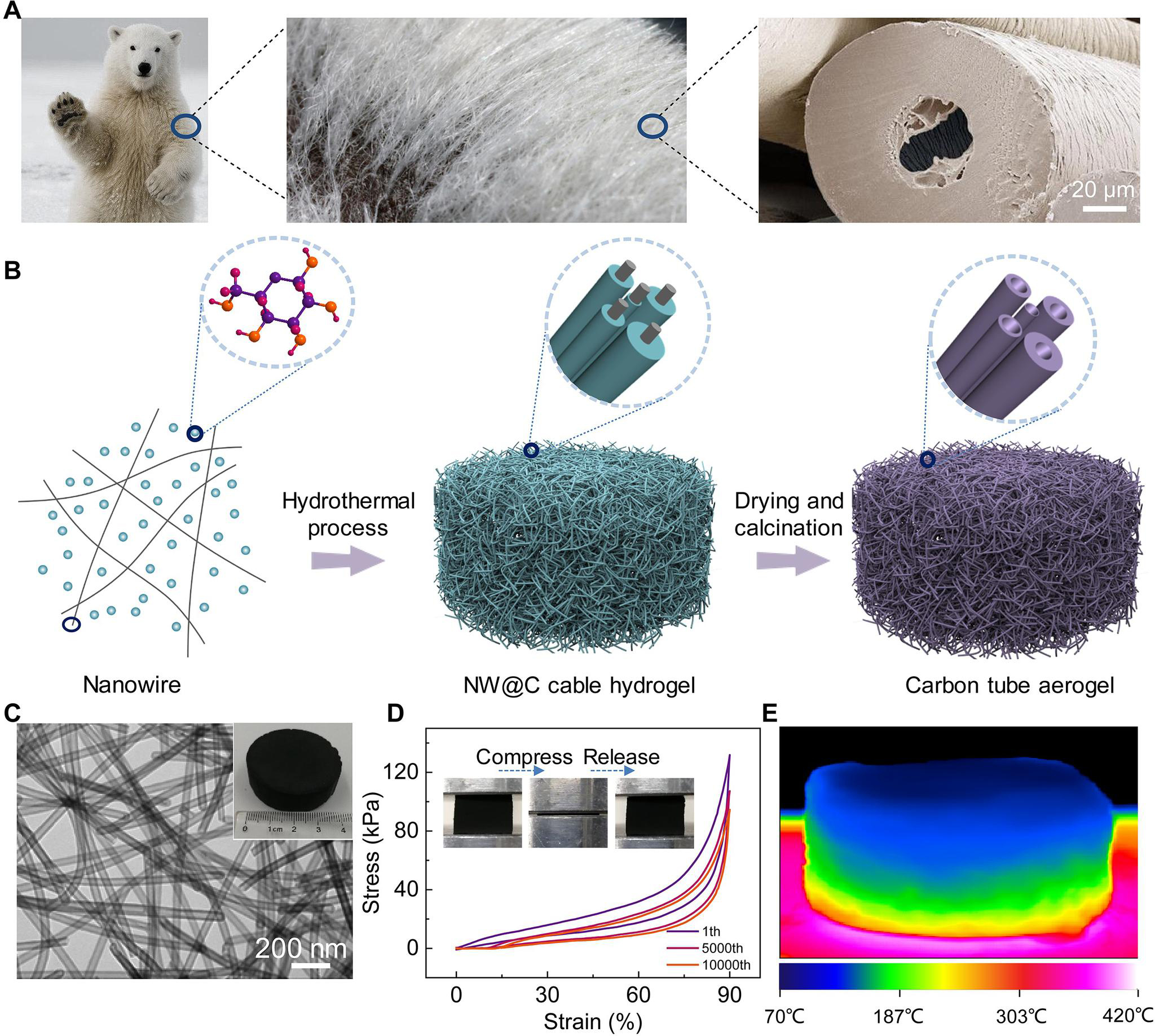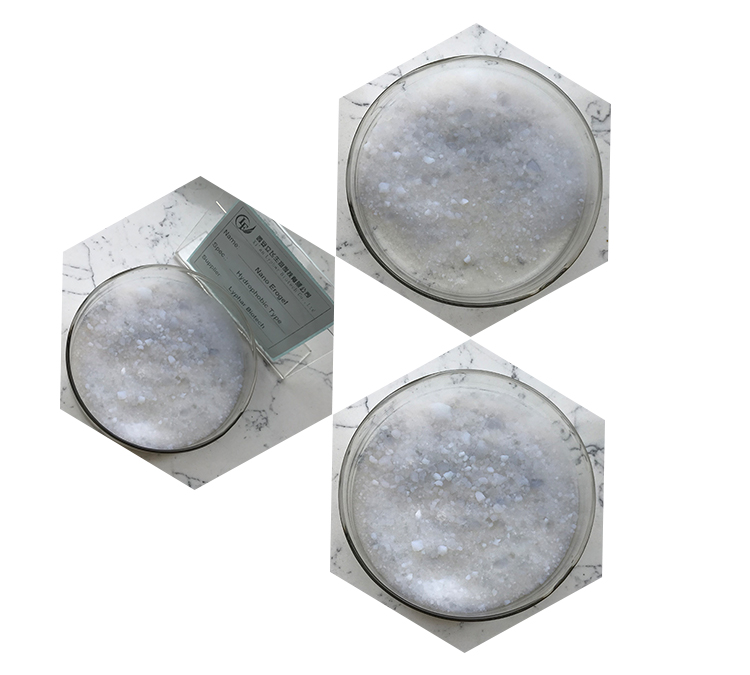Aerogel is a remarkable material known for its incredibly low density, high porosity, and excellent thermal insulation properties. Here’s an overview of its origin, properties, and introduction:
Origin of Aerogel:
Aerogel was first created in the 1930s by Samuel Kistler, an American chemist. Kistler developed the aerogel as part of his research at the College of the Pacific in California. His work involved replacing the liquid component of a gel with gas, leaving behind a solid matrix of interconnected nanostructured material. The result was a substance that was incredibly lightweight and had remarkable insulating properties.
Properties of Aerogel:
Ultra-Low Density: Aerogel is one of the lightest solid materials known to humans. Its density can be as low as 0.001 g/cm³, which is about three times the density of air.
Highly Porous Structure: Aerogels have a highly porous structure, with up to 99.8% of their volume being composed of air or gas. This gives them their characteristic lightweight nature.
Exceptional Thermal Insulation: Aerogels exhibit outstanding thermal insulation properties. They are highly effective at blocking heat transfer, making them useful in applications where thermal management is critical.
Transparent to Infrared Radiation: While aerogels may appear opaque, they are actually transparent to infrared radiation, which makes them useful in applications such as thermal windows and insulating coatings.
Brittle: Despite their remarkable properties, aerogels can be quite brittle and fragile, requiring careful handling.

Introduction of Aerogel:
Aerogels have found applications in various industries and fields due to their unique properties:
Insulation: Aerogels are used as insulation in buildings, spacecraft, and even in outdoor apparel. They provide excellent thermal insulation while minimizing bulk and weight.
Oil Spill Cleanup: Aerogels have been used to clean up oil spills. Their high surface area and hydrophobic properties make them effective at absorbing oil from water.
Electronics: Aerogels are utilized in electronics for thermal insulation and as a substrate for various components due to their lightweight nature and thermal properties.
Medical Applications: Aerogels are being researched for medical applications such as drug delivery systems and scaffolds for tissue engineering due to their biocompatibility and porous structure.
Space Exploration: Aerogels have been used in space exploration missions by NASA and other space agencies due to their lightweight and insulating properties. They have been used to capture cosmic dust particles and as insulation for spacecraft.
In conclusion, aerogels represent a fascinating class of materials with a wide range of applications, from thermal insulation to environmental cleanup and beyond. As technology advances, it’s likely that new uses for aerogels will continue to emerge.
The potential benefits of Aerogel
Aerogel is a remarkable material with a wide range of potential benefits due to its unique properties. Some of the key advantages and potential applications of aerogels include:
1.Exceptional Insulation: Aerogels are known for their extremely low thermal conductivity. This makes them excellent insulators, and they have been used in various industries to insulate buildings, pipelines, and spacecraft.
2.Lightweight: Aerogels are extremely lightweight, often referred to as “frozen smoke” because of their low density. This property makes them suitable for applications where weight is a critical factor, such as in aerospace and automotive industries.
3.High Surface Area: Aerogels typically have a high surface area, making them useful in applications such as catalysis and adsorption. This property is valuable in processes where increased surface area enhances efficiency.

4.Transparent Nature: Some types of aerogels are transparent, allowing them to be used in optical applications. This includes potential uses in windows, lenses, and other transparent materials.
5.Mechanical Strength: Despite their low density, certain aerogels can exhibit impressive mechanical strength. This makes them suitable for applications where a combination of strength and low weight is crucial.
6.Oil Spill Cleanup: Aerogels can absorb large amounts of liquid, and they have been explored for use in cleaning up oil spills. Their high porosity and hydrophobic properties make them effective at selectively absorbing oil from water.
7.Biomedical Applications: Aerogels have been investigated for use in drug delivery systems, wound care, and tissue engineering due to their biocompatibility and ability to carry and release substances.
8.Water Purification: The high surface area and porosity of aerogels make them potentially useful for water purification. They could be employed to adsorb contaminants and impurities from water.
9.Electronics and Sensors: Aerogels can be used in electronics and sensors due to their low dielectric constant, which can enhance the performance of certain devices.
10.Space Exploration: The lightweight and insulating properties of aerogels make them suitable for space applications. For example, aerogels have been used to capture and collect space dust particles in comet exploration missions.
While aerogels offer numerous benefits, there are also challenges and limitations, such as their relatively high production cost and sensitivity to certain environmental conditions. Ongoing research is focused on addressing these challenges and expanding the range of applications for aerogels.
